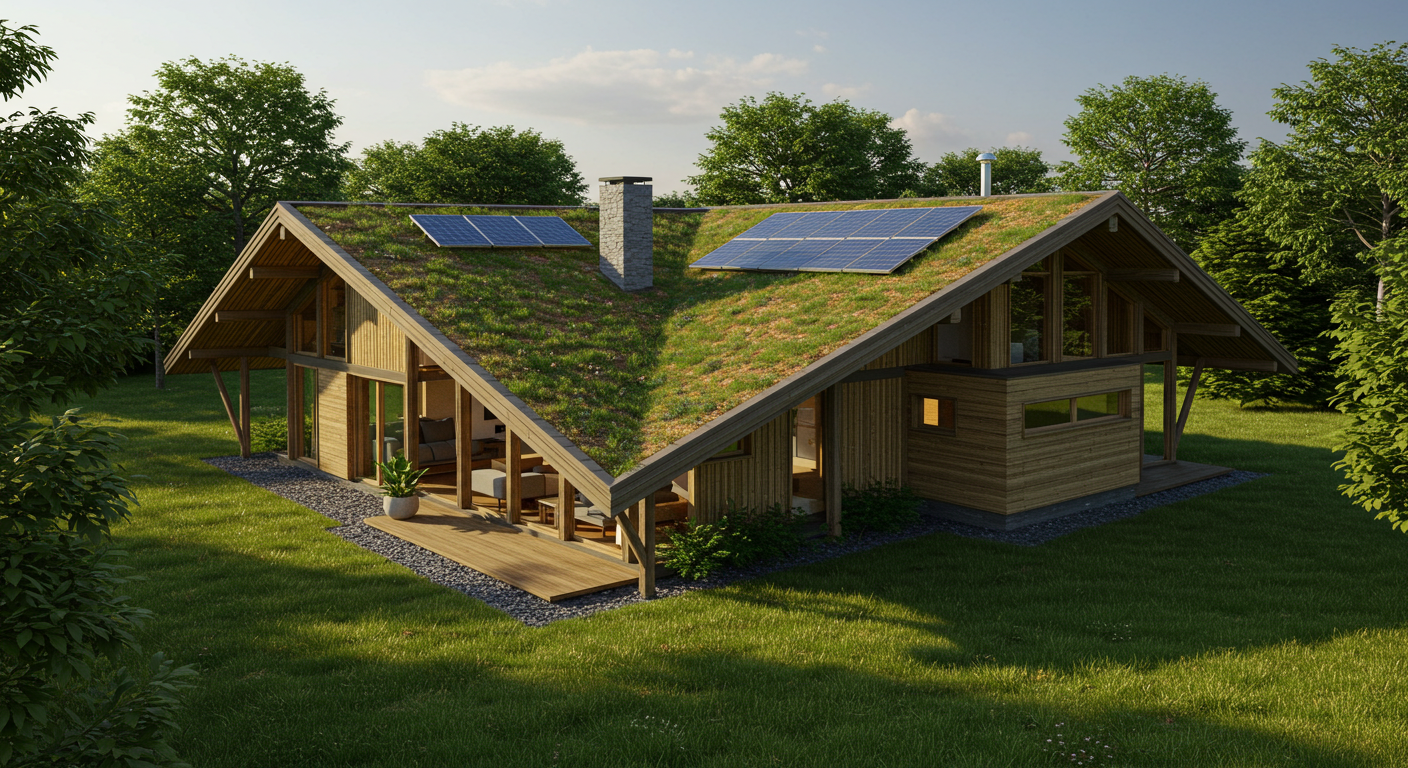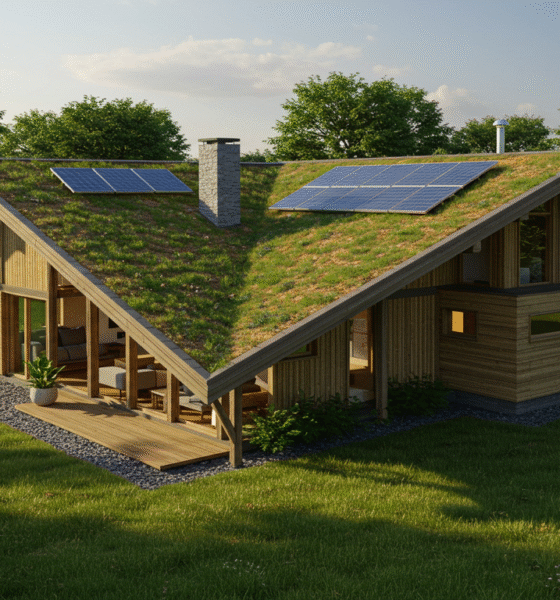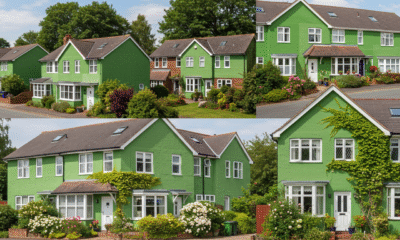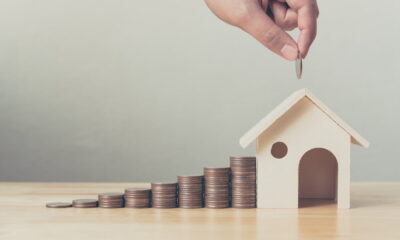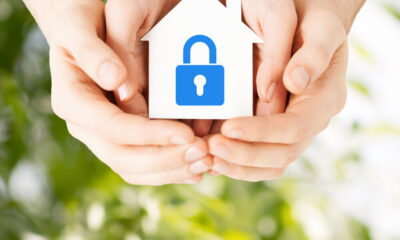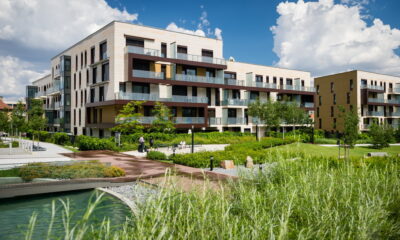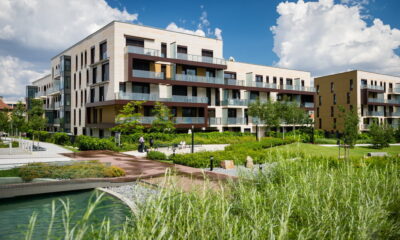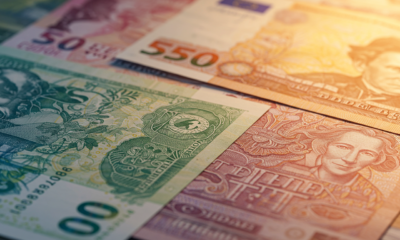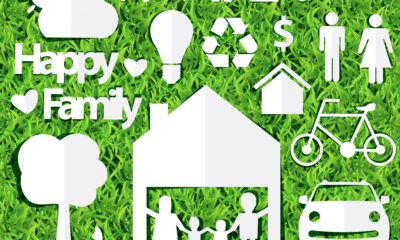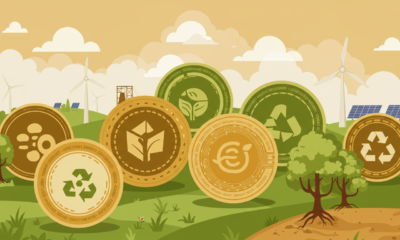One of the topics that we like to write about at Blue and Green Tomorrow is how eco-friendly choices impact real estate trends. You might be wondering whether homes with sustainable features actually sell faster or for more money than others.
It is true that many homebuyers are willing to spend more on environmentally friendly options. Sustainability expert Michael Vereb writes that 72% of global consumers are willing to pay more for sustainable products. You should keep in mind, though, that willingness doesn’t always translate into real estate sales. Keep reading to learn more.
Demand vs. Market Performance
There are signs that interest in green homes is growing steadily. A 2019 report from the U.S. Green Building Council found that green, LEED-certified homes had grown 19% over the previous two years. You can see that builders are responding to consumer interest, but whether this demand leads to quicker sales is another question.
You may assume that eco-conscious homes always have a sales advantage, but that’s not guaranteed. There are studies showing that 40% of green homes don’t sell any faster or slower than others in their neighborhood. It is clear that sustainability alone doesn’t always move the needle on market timing. You still need strong curb appeal, smart pricing, and a competitive location.
It is also interesting to look at the demographics of buyers who go after green homes. A report from Media Culture found the average eco-friendly customer is 28% more likely to be rich than the average U.S. adult. You might conclude that wealthier buyers have more room in their budget to prioritize sustainability.
There are homeowners who focus heavily on long-term savings from energy efficiency. You may find that this is especially true in markets with high utility rates or strong environmental values. It is worth understanding that while green upgrades can help a home stand out, they’re usually one part of a larger buying decision.
When it comes to home prices, certain factors may first come to mind. For example, I’m sure you have heard the phrase “location, location, location.” The geographic location of a home and local property trends play a significant role in the price of a residential property.
However, as seen from free home valuation tools such as Purplebricks’ “How Much is My House Worth” feature, location isn’t the only factor that comes into play. Property-specific factors, such as certain functional and/or aesthetic features of your home, help to determine the market value of your house.
Not only that, other factors, such as the eco-friendliness of your home can also make a positive difference. That is to say, “going green” may not be beneficial for just the planet, but your own pocket as well. With this in mind, let’s dive in, and see why prospective home sellers may want to give their properties an “eco-boost.”
What are Eco-Upgrades?
Eco-upgrades cover a wide range of eco-friendly features. More common are upgrades that help to both decrease carbon emissions while at the same time increase energy efficiency, reducing home energy costs.
Examples of such upgrades include smart meters and triple glazing for windows. Alongside these more commonplace eco-upgrades are upgrades that, while costly, can pay for themselves in terms of energy savings. Good examples of these include solar panels for electricity generation, as well as EV charging points for the charging of electric vehicles.
In addition, there are also some unique eco-upgrades that may appeal especially to those committed to sustainability, such as rainwater recycling systems. Homeowners who integrate eco-upgrades into their homes may do so for a myriad of reasons, but the financial benefit from these features may go beyond just savings on energy usage.
Good for the Planet, Good for the Bottom Line?
The data is in: eco-friendly homes are all the rage among existing and prospective home buyers. Per a recent study of 1400 homeowners, 69% of them said they wanted their next home to feature “eco-upgrades” like EV charging stations and solar panels.
More importantly, per another survey, UK home buyers may be willing to pay as much as 10% more for a property featuring these upgrades than for a typical residential property. With the average U.K. home now selling for over £300,000, this could mean an additional £30,000 in proceeds for home sellers who embrace the “green wave,” and make a few eco-upgrades prior to sale.
Admittedly, given the cost of solar panel installation, as well as installation of other eco-friendly upgrades, £30,000 may not sound like a substantial profit. However, even if the additional proceeds from an “eco-boosted” home are not as material as they sound on the surface, keep in mind another factor.
Besides potentially increasing the value of your property, eco-upgrades could increase how quickly one is able to sell their home, given the high demand for eco-optimized homes.
Don’t Rule Out This Factor When Preparing Your Home for Sale
If you are in the process of selling your home, by all means continue to take the typical necessary steps to maximize the value and appeal of your property to potential buyers. That is, make those aesthetic and functional upgrades you’ve been putting off for years.
Do what you can to maximize your home’s “curb appeal” as well. However, alongside these “must do’s,” don’t rule out the benefits of making some eco-upgrades as well. Even if installation of EV charging stations and solar panels may seem too costly or too speculative, keep in mind that home buyers are just as interested in less expensive, more common eco-friendly features, particularly features that help to minimize home energy costs.
Striking a balance between upgrade expenses, and potential additional upside to your property’s value, one could successfully “go green,” and make a little extra green for their efforts.


 Environment10 months ago
Environment10 months agoAre Polymer Banknotes: an Eco-Friendly Trend or a Groundswell?

 Environment12 months ago
Environment12 months agoEco-Friendly Home Improvements: Top 7 Upgrades for 2025

 Features9 months ago
Features9 months agoEco-Friendly Cryptocurrencies: Sustainable Investment Choices

 Features10 months ago
Features10 months agoEco-Friendly Crypto Traders Must Find the Right Exchange
